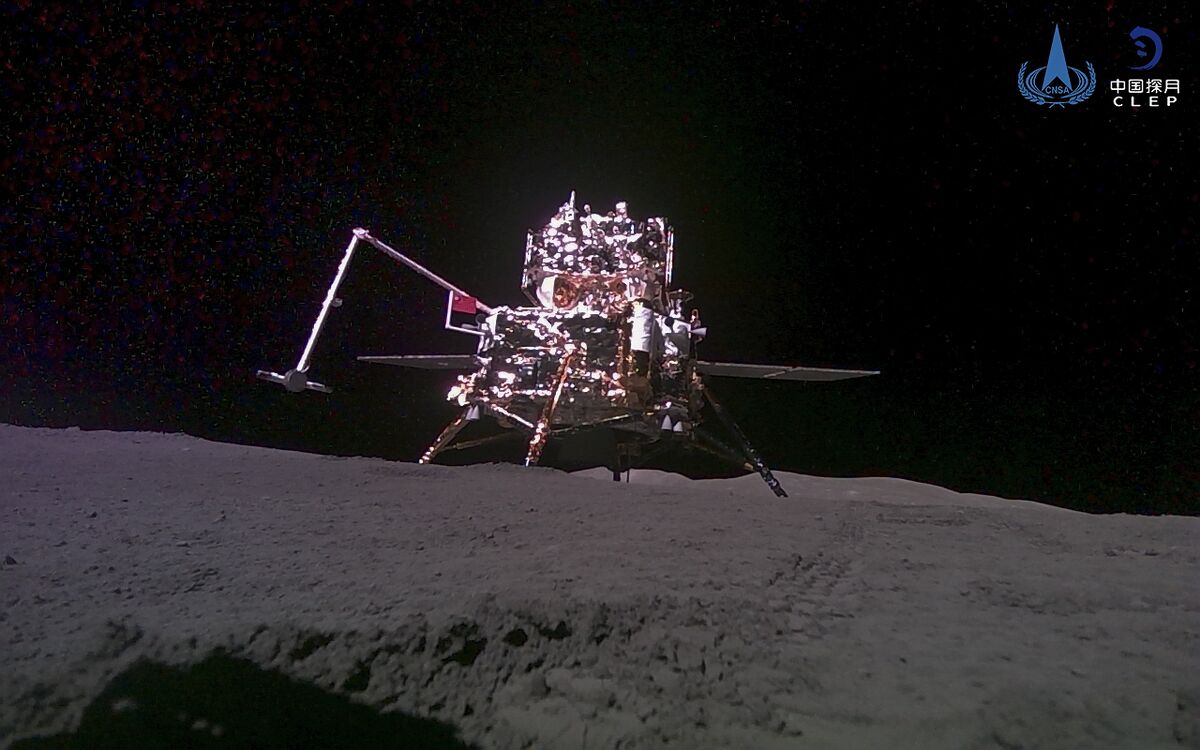
China's Chang'e 6 probe made history on Tuesday, June 25, 2024, as it returned to Earth with the first samples ever collected from the far side of the moon. The probe landed in a designated zone in China's northern Inner Mongolia region around 2 pm local time.
The Chang'e 6 mission was launched on May 3, 2024, and it took approximately 53 days for the spacecraft to travel from the moon to Earth. During its stay on the lunar surface, it collected rock and soil samples using a drill and robotic arm from a location within the South Pole-Aitken basin on the far side of the moon.
Scientists anticipate that these samples will provide valuable insights into the evolution of both the moon and Earth. The far side of the moon, which faces away from Earth, is largely unknown due to its lack of direct communication with our planet. It is believed to have mountains and impact craters, contrasting with relatively flat expanses on the near side.
China's space program has been making significant strides in recent years. The successful return of these samples marks a major achievement for China as it continues to establish itself as a dominant space power. Other countries, including the United States and Japan, are also investing heavily in lunar exploration programs and hope to establish research bases at the lunar south pole where water ice has been discovered.
The Chang'e 6 mission is part of China's broader efforts to expand its presence in space. In recent years, China has launched multiple successful missions to the moon, including Chang'e 5 which collected samples from the moon's near side. The country also operates a space station and regularly sends crews there.
China's leader Xi Jinping sent a message of congratulations to the Chang'e team, calling it a 'landmark achievement in our country's efforts at becoming a space and technological power.'
The samples are expected to be studied extensively by scientists around the world. They may provide answers to fundamental scientific questions about the geologic activity responsible for the differences between the two sides of the moon.

